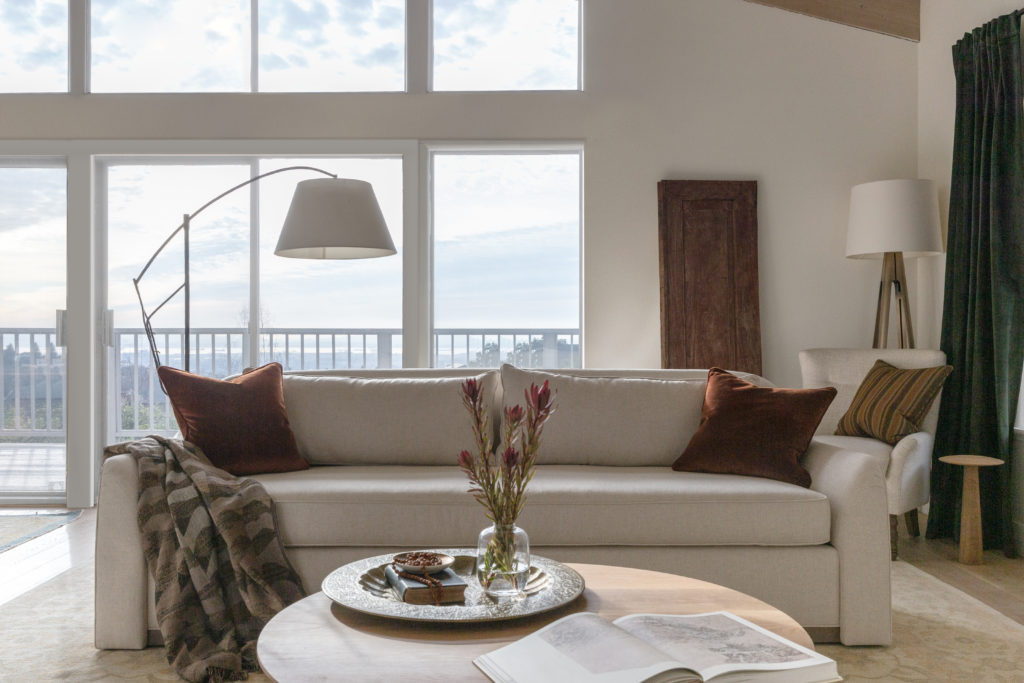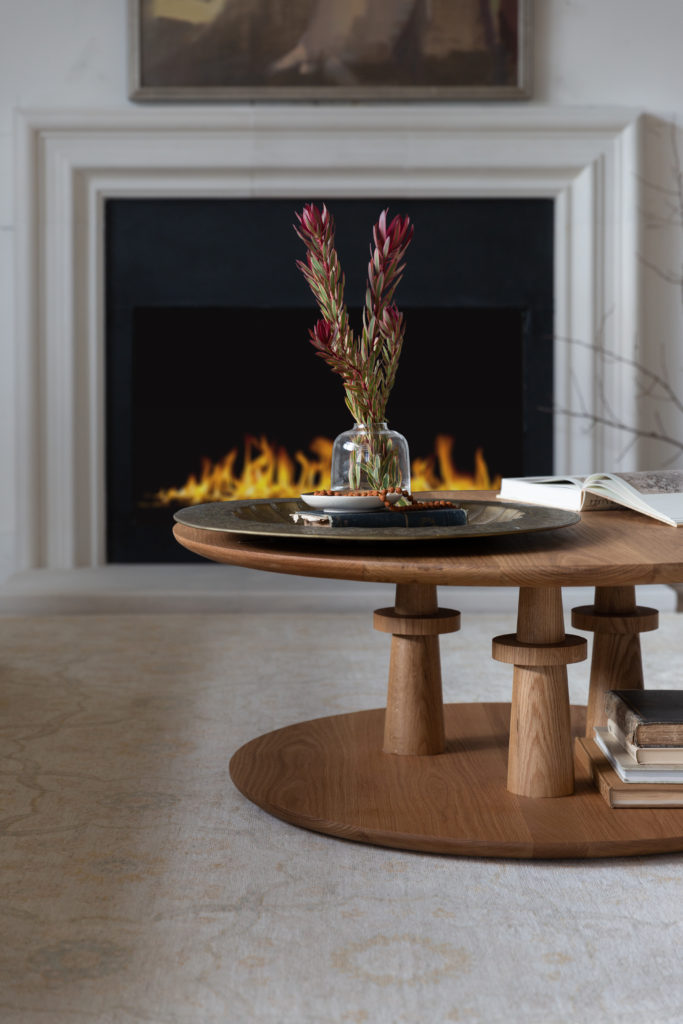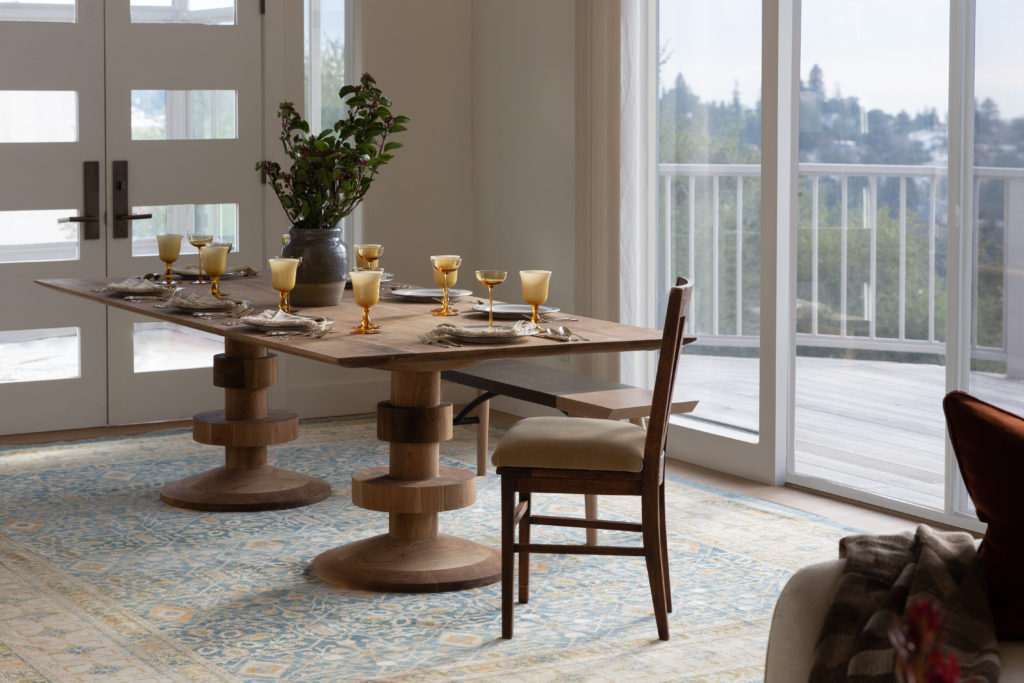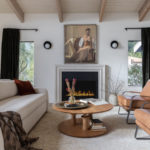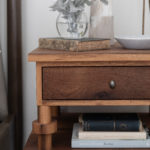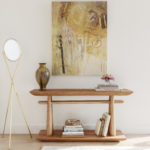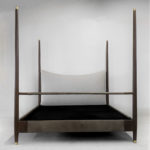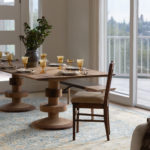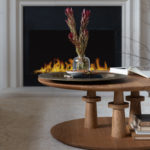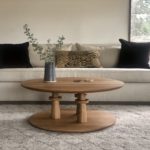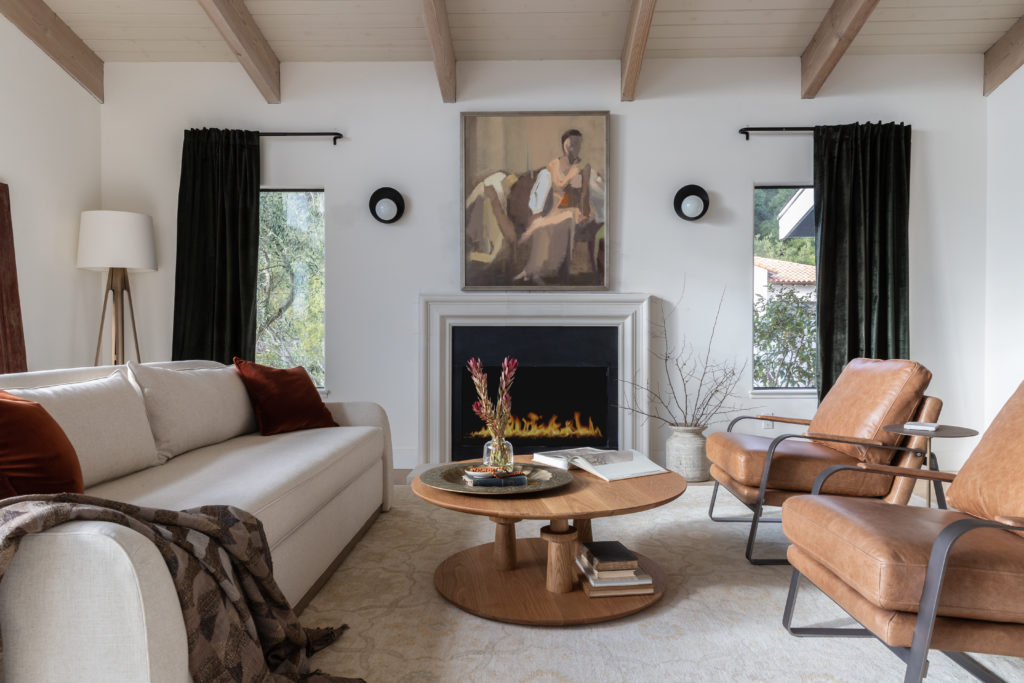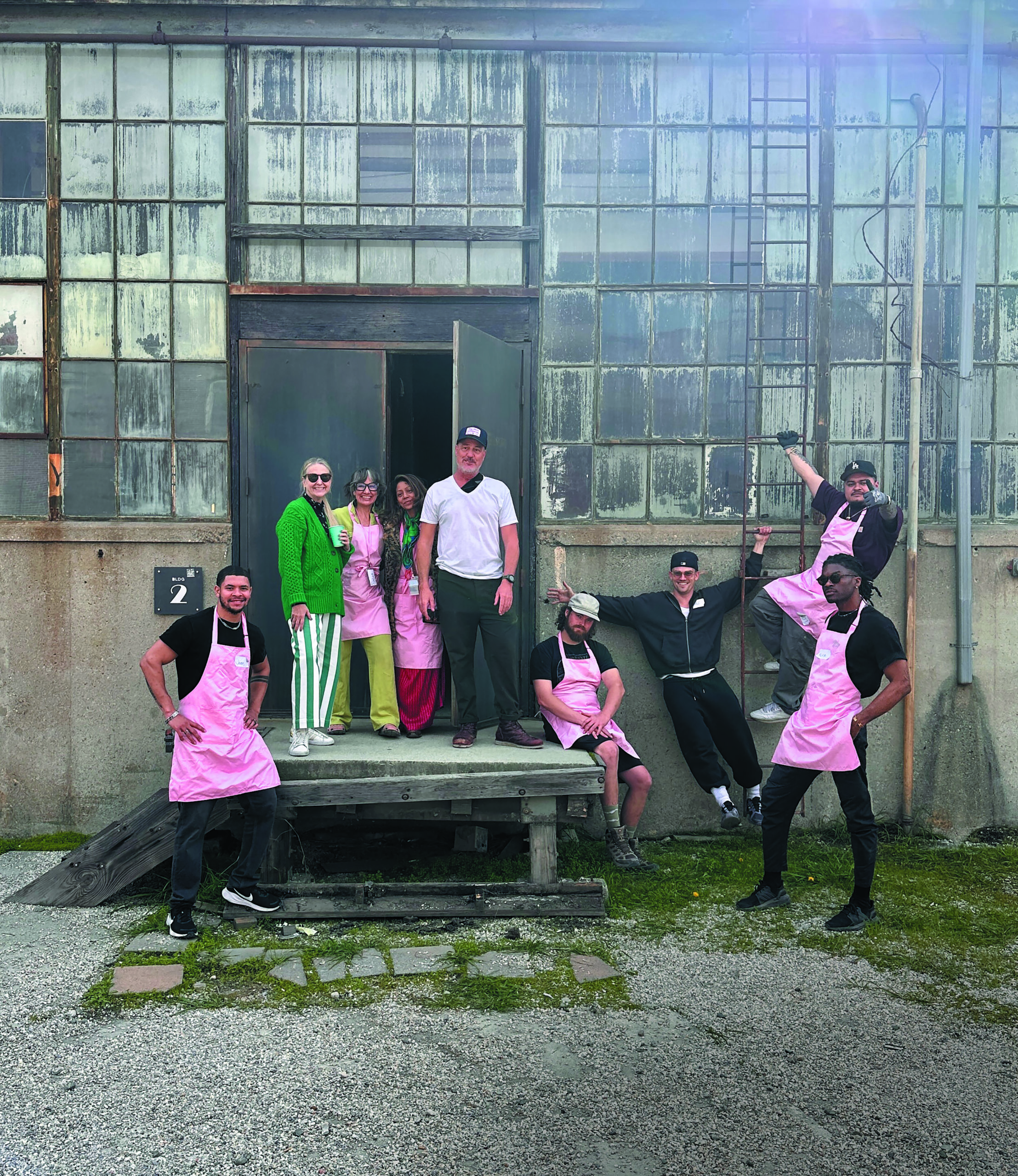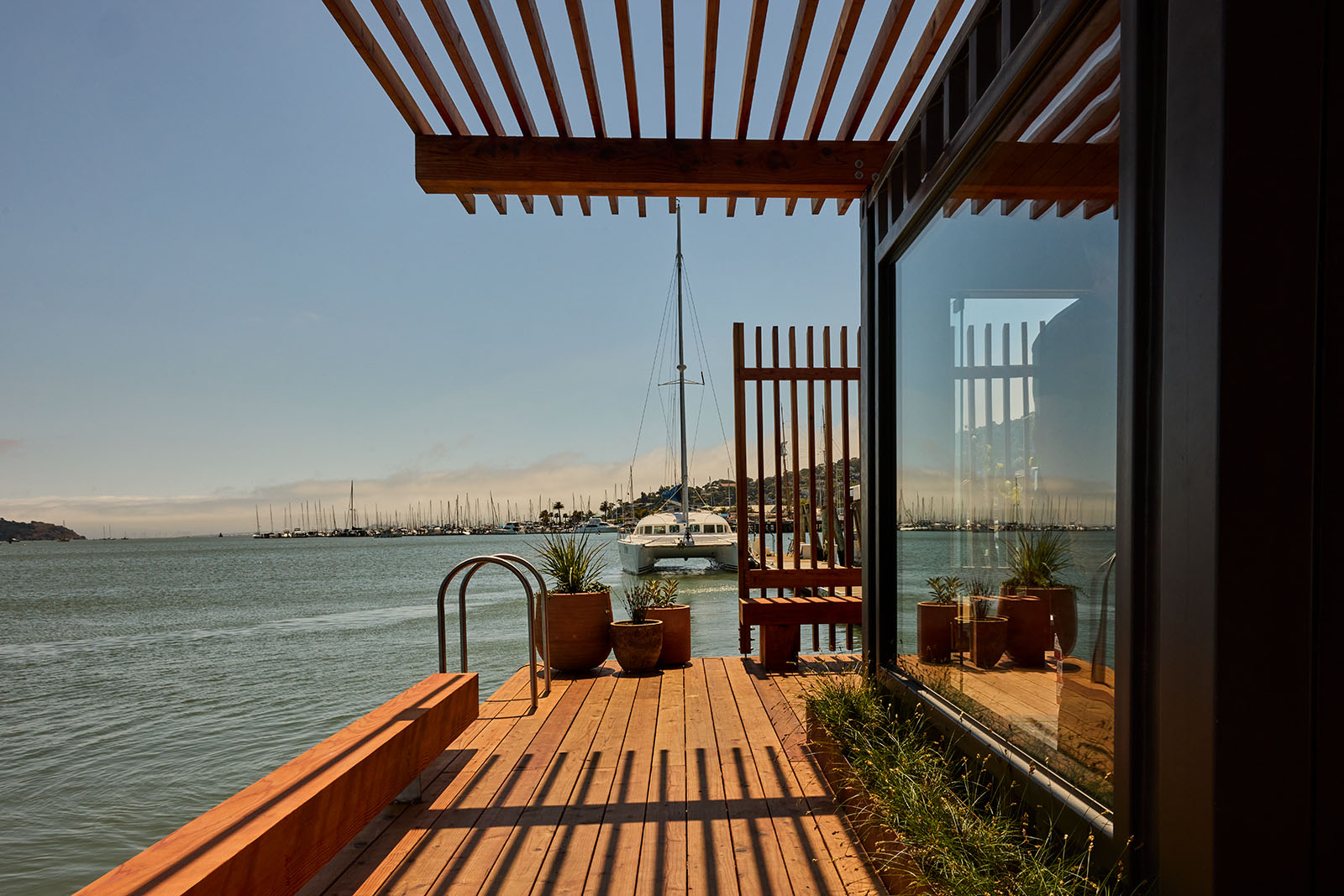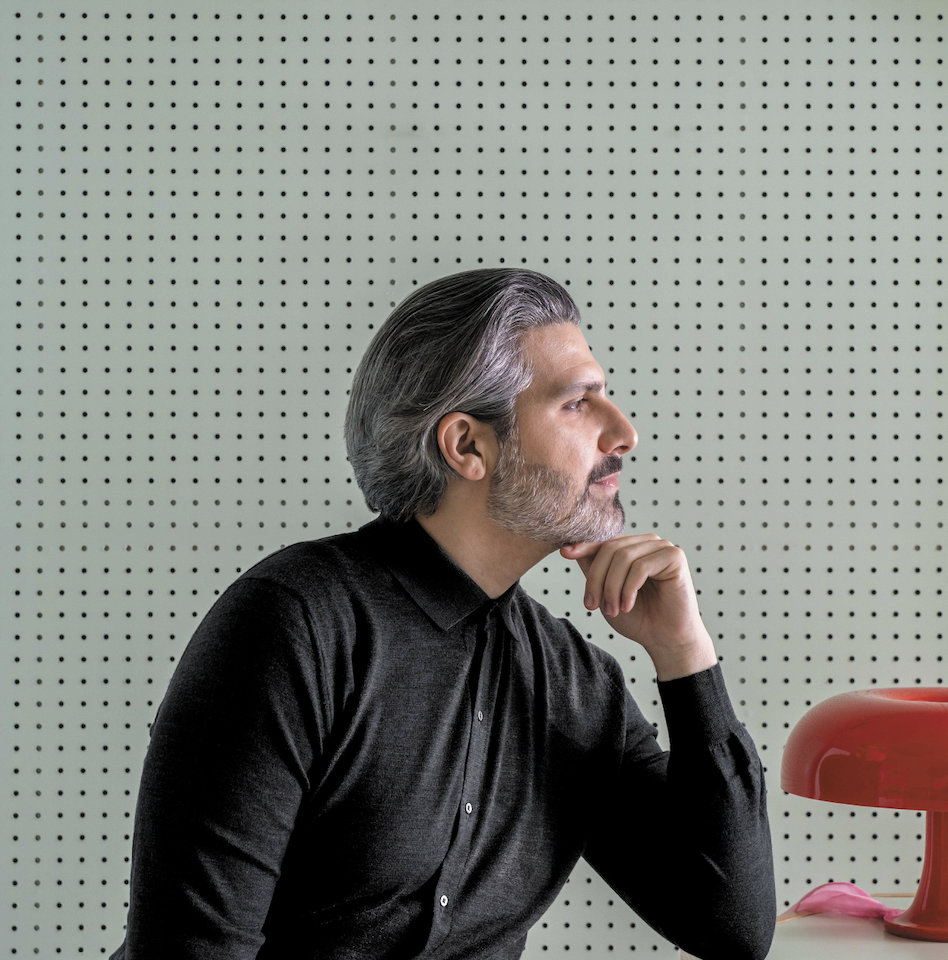What One Northern California Designer Learned about Making Sustainable Furniture
Author:Lindsey ShookIn the age of green-washing, where labels like “eco-friendly” “natural” and “organic” are often misused, many may ask what does it really mean to make sustainable furniture? We asked Bay Area-based interior designer Lane McNab,who recently debuted her own line of sustainably-made luxury furnishings, Guild by LMI for her thoughts. Intimately involved throughout the entire process, here are a few things Lane learned that those purchasing furniture should know when looking to go green:

Repurposed leather is safer than a vegan alternative – Lane originally gravitated towards pleather when designing the headboard for the Manta Bed, but wasn’t confident in the chemicals used to make the material. Instead, she chose to use leather that was a by-product of the meat industry, using hides that would otherwise be discarded. No animal is killed for their hides and no calves are used.
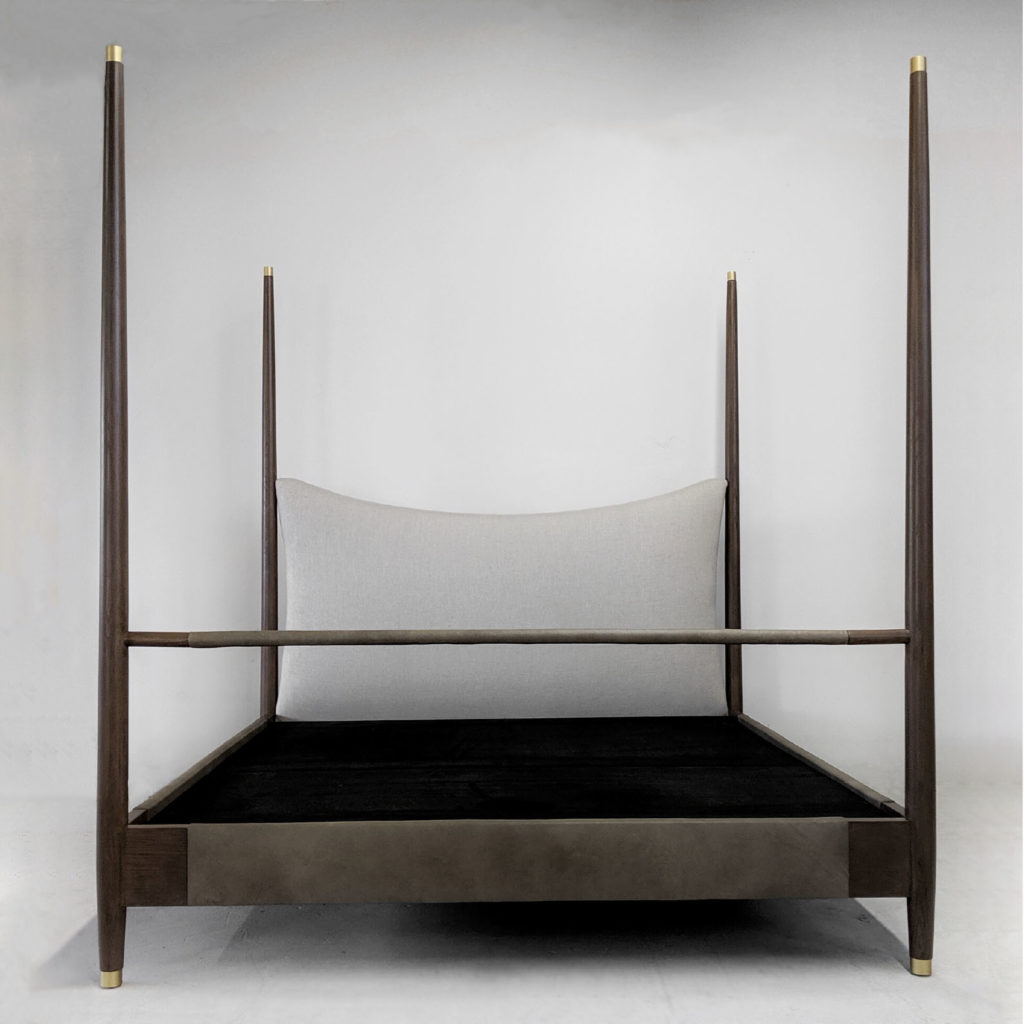
Sustainably-sourced and reclaimed solid wood is difficult to find but worth the investment – Committed to using quality solid wood for her casegoods (which include the Monument Grand Dining Table, Kanu Console Table, and Button Table) Lane sourced white oak reclaimed from 150-year-old American barns slated for demolition and sustainably-sourced black walnut sourced from an orchard of trees that were at the end of their lifecycle. As the white oak sourced is so old (anywhere from 500-1000 years), it is higher quality than any fresh wood available stateside.
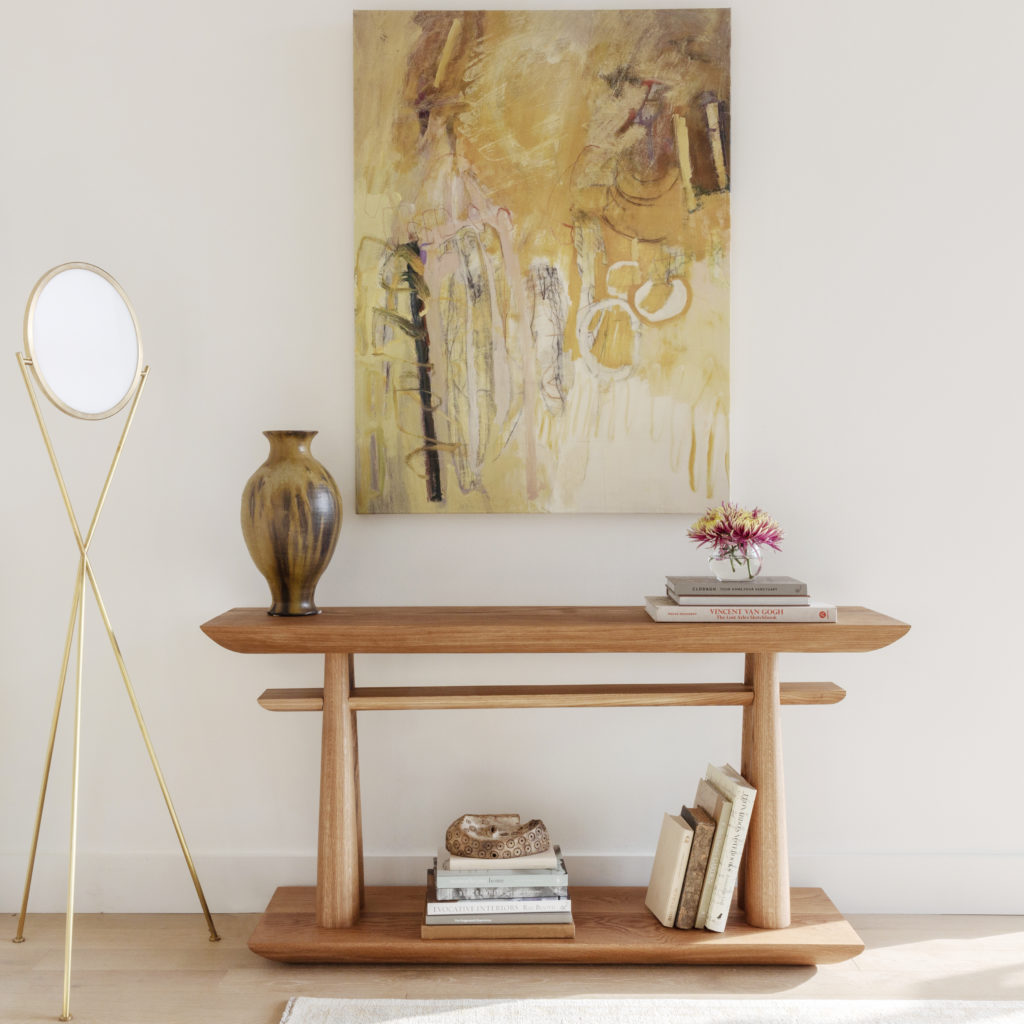
Don’t forget to consider the finishes and accents – Lane’s casegoods are finished with food-safe, non-toxic, durable, and plant-safe stains that are easy to maintain and will come with a care kit. The brass caps on the Manta Bed are heirloom, solid non-lacquered brass. Both the wood finish and brass with patina naturally with age.
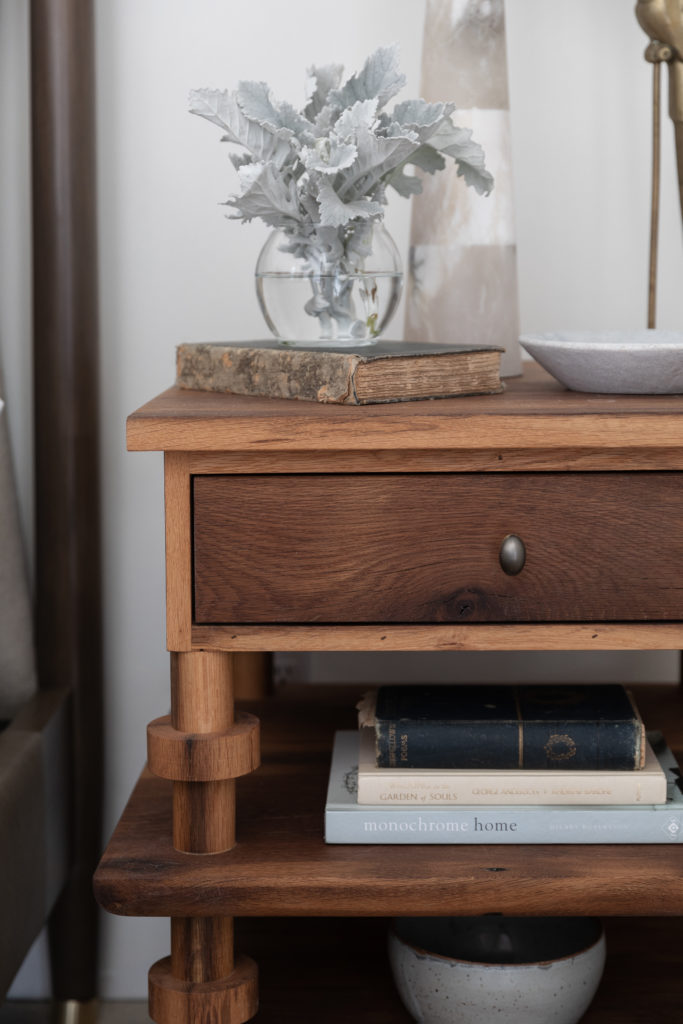
Lane’s line represents a growing trend in green home decor and a movement away from the fast-furniture industry that has attracted dwellers with its affordable price point yet often fails to provide durability and is often made with toxic materials. “I firmly believe the best way to transcend disposable consumerism is to invest in pieces of the highest quality that you truly love. No more planned obsolescence. Guild by LMI pieces are meant to last generations. Solid wood casegoods made with old world craftsmanship will patina over time but not fall apart or disintegrate. Eight-way, hand-tie upholstery means a sofa may someday need new fabric but not the trash heap,” says Lane about her collection.
